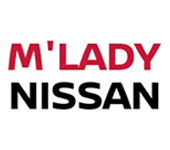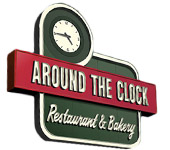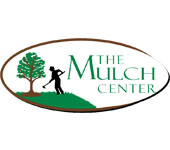The very beginning
Although the first known billboard was in ancient Egypt, you could say it all really started in the 1790s, when lithography, a method of printing using oil and water, was invented, making the creation of posters possible. From then on, posters gradually increased in popularity and started to be used in locations where pedestrian traffic was high.
The first billboards (or hoardings)
Following the introduction of posters, the first record of a billboard being rented was quite some years later, in 1867. From here things progressed fast, and by 1870 America was home to 300 sign-painting companies keen to cash in on the new billboard industry. The first 24-sheet billboard was displayed at the Paris Exposition in 1889, when advertisements were mainly placed on buildings and fences in towns. With the arrival of Ford and subsequently affordable motoring in the 1920s, the focus shifted and roadsides became a popular location for billboards.
An industry beginning
From then on, the industry began to increase and become formalised. In the US, the introduction of a standard billboard size in 1900 meant that big advertisers like Kellogg’s and Coca Cola were able to start advertising nationwide. By 1915, The National Outdoor Advertising Bureau had formed, and by the 1920s the first outdoor advertising company was listed on the New York Stock Exchange. Over in Europe, French outdoor company JCDecaux (now one of the largest media owners) started advertising on bus shelters in 1962.
In the UK, British Posters Limited was set up in the early 1970s to represent the interests of media owner members, only to be closed in 1982 following a Monopolies and Mergers Commission report. Its closure led to a number of employees to set up as specialist buyers — a role that still exists today. Back then they were responsible for checking campaigns had actually been posted, now they’re primarily used to plan campaigns with media owners.
Evolution and expansion into Out-of-Home (OOH) advertising
Over time, the industry has expanded to include a large and varied range of different outdoor advertising formats. As a result, the name ‘out-of-home advertising’ has become more widely used, as advertising space is now available in newer locations such as transit (such as tubes, buses, airports) and many other new non-outdoor locations.
The hunt for new places to advertise meant more innovative solutions like mobile and inflatable billboards, aerial and airship advertising, plus the addition of new street furniture like newsracks and phone kiosks. An alternative out-of-home advertising market has grown and advertising space can now be bought in a large variety of locations including cinemas, shopping malls and stadiums.
Another fairly recent development is place-based advertising, consisting of a wide variety of formats located in places where particular groups congregate. Examples include health clubs and bars, doctors’ waiting rooms and service stations. These kind of adverts are frequently used by local advertisers, as well as national and international brands.
Over time, the industry has seen a large amount of mergers and the main players are consolidated into a few key companies who control the vast majority of the out of home advertising space available in the UK.
Digital Out-of-Home (DOOH) advertising
Digital displays were launched in the early Noughties, and have continued to grow rapidly ever since. Where before billboards had to be manually changed, digital displays offer the
opportunity to switch displays within seconds. In 2003, digital displays made up only two percent of the outdoor advertising market, by 2010 it had grown to more than 10 percent, and now accounts for an even higher percentage. Although spend on outdoor reached a peak in 2007, it is thought that digital displays might start to push spend back up.
Another benefit of DOOH for advertisers is that it cannot be turned off, blocked or skipped, so unlike TV and online adverts, DOOH can’t be so easily avoided. In recent years, DOOH advertising has continued to evolve, with clever interactive billboards created from touch-sensitive ink that plays audio when touched.
Some of the outdoor advertising campaigns that made history
Throughout the history of outdoor advertising, there’s been many, many notable campaigns. However there’s hundreds of eye-catching and awe-inspiring outdoor advertising campaigns every year, all of which are catalogued extensively elsewhere, so this is really just a small taster.
Coca Cola’s holiday billboard
In 1931 Coca Cola changed Santa Claus into the vision we know today with their holiday billboard. Artist Haddon Sundblom depicted Santa as a jolly man in Coca Cola colors, and forever changed the interpretation of Father Christmas (previously a skinny elf).
Tobacco advertising
More an industry response than a campaign, when tobacco advertising was banned from broadcast media in 1972, there was a boom in outdoor advertising — at least until it was later banned from outdoor advertising too.
Bloom Grocery’s scented billboard
In 2010, Bloom Grocery created a scented billboard (with the smell of black pepper and charcoal) designed to promote their steaks.
IBM Smarter ideas for smarter cities
Part of IBM’s larger campaign to make improvements in cities, these clever billboards doubled as a bench, shelter and ramp.
Ok Google
Showing that there’s still room for innovation in outdoor advertising, Google’s ‘Ok Google’ campaign took place-based advertising to a new level. Site specific adverts were created for a variety of locations around New York, including on bowling balls, coffee cups, skateboards and ice cream vans.








